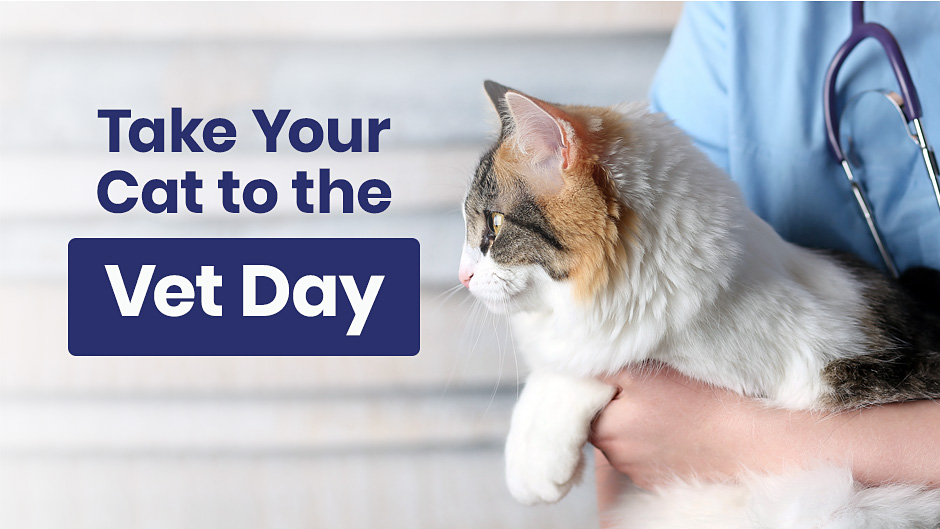Did you know that August 22 is Take Your Cat to the Vet Day? The American Veterinary Medical Association (AMVA) established this awareness event several years ago after learning that the typical cat sees the vet just one or two times per year. Compared to dogs, this is less than half as often.
One reason for this is that cats can disguise when they're sick or injured better than dogs can. Additionally, most cats hate riding in the car and will run and hide as soon as they see the carrier come out. These and other reasons all add up to cats not receiving the preventive care they need for a long and happy life.
Why Preventive Care for Cats is So Important
Many cat owners only bring them to the veterinarian when they're so sick or injured that they can't hide it. While getting timely care in these situations is essential, preventive care is as well. These visits help to improve the quality of your cat's life in many ways. Not only do our veterinarians inspect your cat for possible serious health issues, they speak to you about your everyday concerns as well.
Minnesota Veterinary Hospital recommends annual exams for cats from ages one to seven. Kittens and cats entering their middle-age years need more frequent check-ups. You can expect our staff to ask about eating and sleeping habits, behavior, parasite control, and check your cat's immunization status. We may take some bloodwork if your cat's veterinarian suspects a problem such as kidney disease or diabetes. Without preventive care, significant health issues can go undetected until the point where it's no longer possible to treat them.
How to Improve Your Cat's Cooperation with Veterinary Visits
It doesn't take cats long to figure out that you taking the cat carrier out means a ride in the car and a trip to the vet, neither of which they usually enjoy. It's a good idea to take the carrier out a few days before the appointment and let your cat crawl in and out of it as well as mark it with her scent. Pheromone, a calming spray for cats, can also help to lower your cat's anxiety.
Making the carrier look as inviting as possible by placing your cat's favorite blanket and toys as well as a few treats inside might help as well. You might even consider taking short car trips with your cat in the carrier to acclimate him to the experience.
Your cat might still feel upset about the whole experience, but keep in mind that you're doing it to keep her well. Once you arrive at Minnesota Veterinary Hospital, our staff will use low-stress and Fear Free techniques and speak to her in a calm manner to make the visit as pleasant as possible for both of you.
Image credit: SIBAS_minich / iStock / Getty Images Plus

